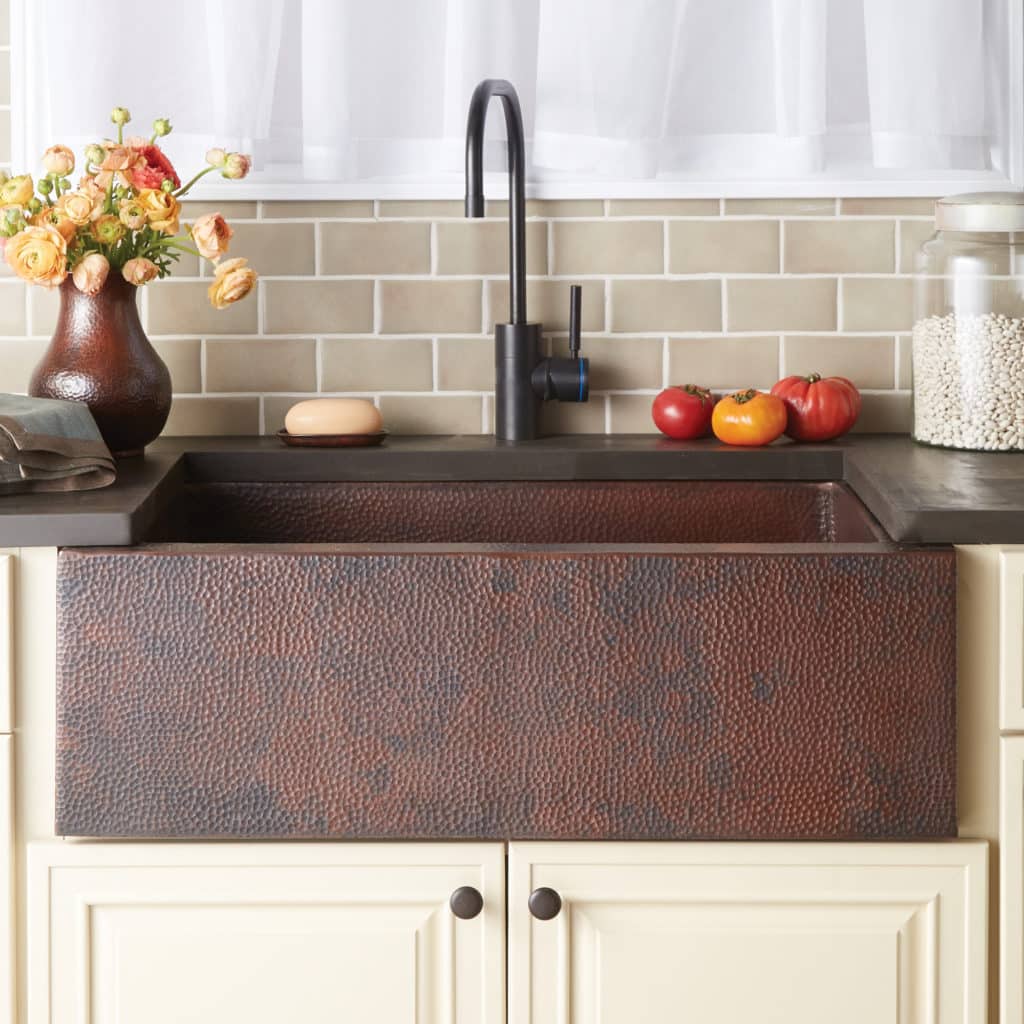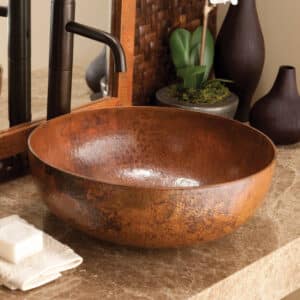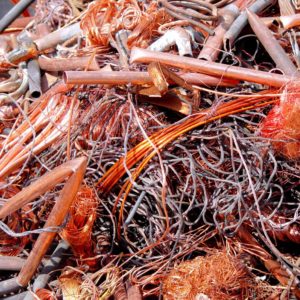Can Copper Help Take On COVID-19?


Scientists found that the virus that causes COVID-19 is more stable on plastic and stainless steel than on copper and cardboard. It survives less than four hours on copper surfaces, as opposed to 24 hours on cardboard, and two to three days on plastic and stainless steel, according to the study.
As the only metal known to man during the first five millennia, copper has been used to fight germs throughout history. Ancient Egyptians used it to sterilize wounds and keep drinking water fresh. Ancient Aztecs gargled water mixed with copper to fight sore throats, and the Greek physician Hippocrates reportedly treated leg ulcers with copper. The Romans also used copper to treat burns, headaches and ear infections.
Copper’s ability to quickly kill a wide range of harmful microbes (a term called “contact killing”) was largely rediscovered a decade ago, when an important study done by the American Society for Microbiology confirmed its antimicrobial properties, exploring how numerous viruses and bacteria respond to exposure to copper and copper alloy surfaces. The EPA also registered copper as the first, and so far only, antimicrobial metal surface (and has since registered almost 300 different copper surfaces as antimicrobial).

Today, more hospitals around the world are finding ways to use copper equipment to stem hospital infections. For example, copper hospital beds in the ICU harbor an average of 95 percent fewer bacteria than conventional hospital beds, and maintain these low-risk levels throughout patients’ stay in hospital.
“We’ve seen viruses just blow apart [on copper],” says Bill Keevil, a professor of environmental healthcare at the University of Southampton. “They land on copper and it just degrades them.”
Keevil told Fast Company this month that he believes more architects should choose copper in new building projects.
The role of copper in home design

As the leading maker of artisan-crafted copper sinks and bathtubs, Native Trails has recently received an extraordinary number of inquiries about copper’s germ-killing capabilities. Naomi Neilson, our founder and CEO, told Forbes, “Kitchen and bathroom sinks are among the most frequently used items in the home, so opting for a copper sink can play a powerful role in maintaining a truly sanitary environment.”
Those of us at Native Trails have always believed in the magic and healing power of copper. While we know it is but one tool to help beat back germs in the massive fight against COVID-19, we’re interested to see how its role in home, hospitality and hospital design will evolve in the months and years to come.
For more on this exceptional material, read about the history of the copper bathtub and why copper can be recycled again and again without losing its quality.
